In heavy equipment marketing, success hinges on more than just traditional methods like brochures and trade shows.
Manufacturers and dealers must build meaningful connections with the right buyers at the right moment, driving sales, rentals, and after-market services. By implementing effective marketing strategies, businesses can streamline their sales process, shorten decision-making cycles, and increase revenue.

With the right approach, you can generate qualified leads, enhance brand credibility, and stay ahead of the competition in an ever-evolving market.
1. Key Marketing Metrics to Track for Heavy Equipment Manufacturing
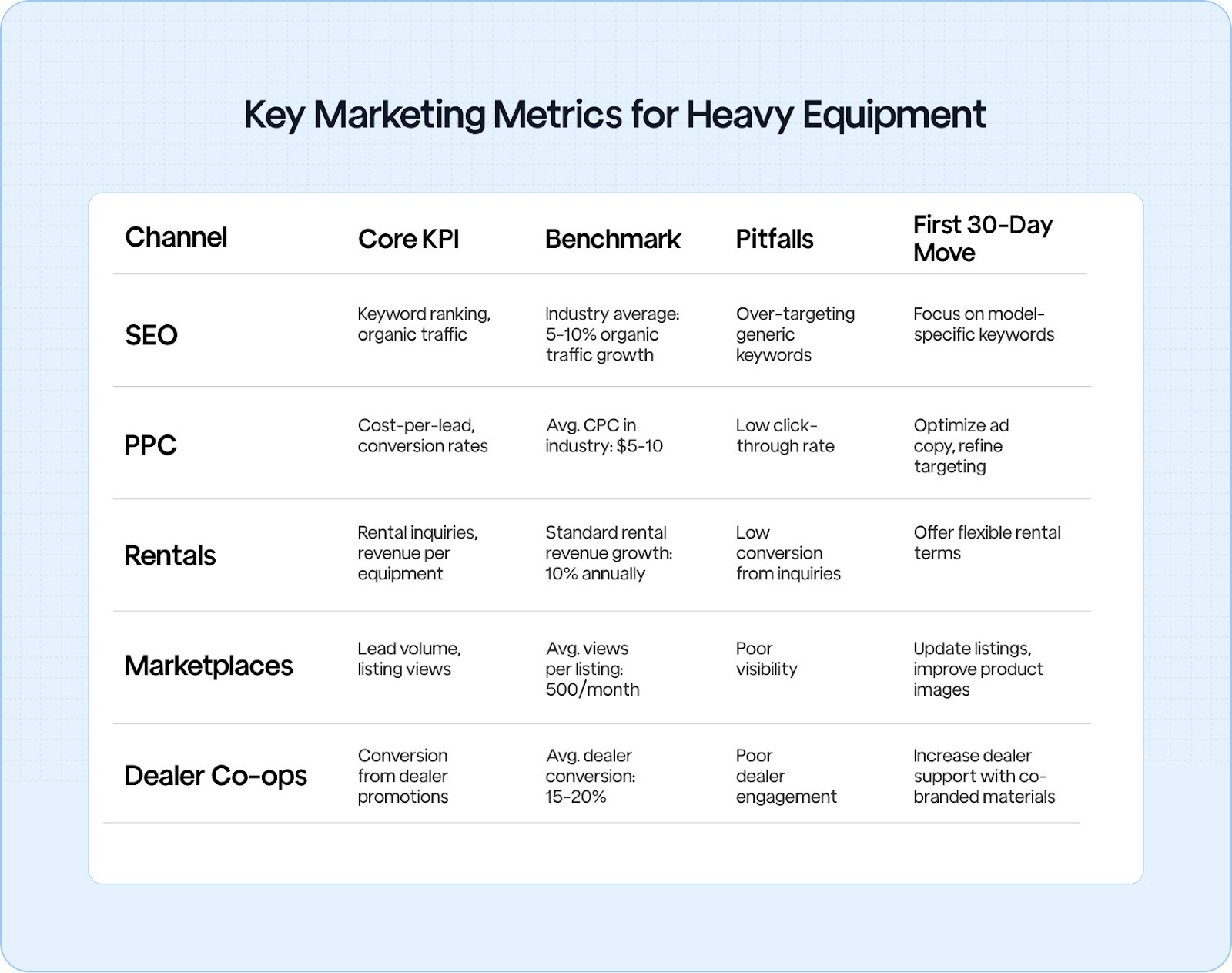
Understanding the key performance indicators (KPIs) for your heavy equipment marketing efforts helps you make data-driven decisions that drive real growth.
Quickly evaluate your current performance with a simple dashboard that covers:
- SEO: How well are your pages ranking for targeted keywords?
- PPC: Are your paid campaigns generating high-quality leads at a sustainable cost?
- Rentals: Are your rental offerings attracting consistent demand?
- Marketplaces: How well are you leveraging online platforms to sell or rent?
- Dealer Co-ops: Are you maximizing your dealer network’s potential?
2. A Comprehensive Growth Model for Heavy Equipment Marketing
To succeed today, you must balance three important factors: demand generation (creating interest), deal velocity (speed of closing sales), and lifetime value (LTV) (how much each customer is worth long term). These elements must work together for a smooth, efficient sales process.
Visual - Three gears labeled:
- Demand: Attracting the right buyers
- Velocity: Speeding up the sales cycle without sacrificing quality
- LTV: Increasing each customer’s value over time through upselling (selling more to existing customers) and retention (keeping customers for the long term)
3. Optimizing Your Website for Maximum Visibility in Heavy Equipment Marketing
Your website is the cornerstone of your online presence, and a well-optimized site attracts more qualified leads and converts them into sales. A strong online foundation is essential to generating consistent traffic and providing value to potential customers.
Focus on:
- Model & Category SEO: Use specific keywords related to the equipment you sell to make your site rank for high-intent searches.
- “Versus” Content: Write comparison articles (e.g., D6 vs 650M) to capture users who are in the consideration phase (the stage where they are comparing options).
- Downloadable Specs, PDFs, and CAD Assets: Provide detailed product specs for customers looking for tech-heavy details.
- Schema for FAQs: Include structured data to answer common questions, like “What is this machine used for?”
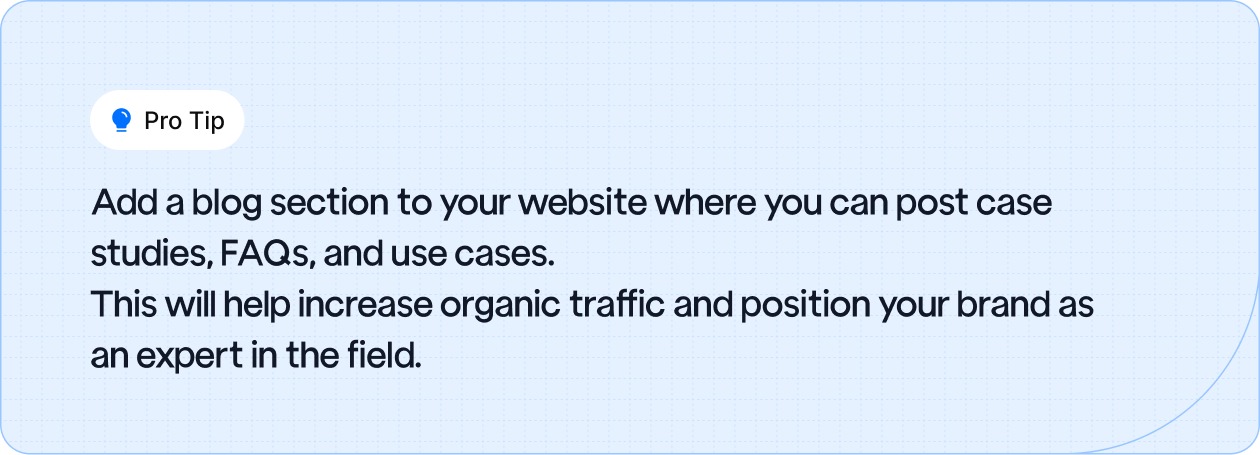
4. Turning Marketplaces into a Powerful Sales Channel
Marketplaces are a great way to gain visibility, but to really take advantage, you need to transform them from passive listings to active sales channels.
By leveraging data and best practices, you can turn these portals into consistent lead-generating machines.
How to:
- Clean, Complete Data Feeds: Make sure your product info is accurate and up-to-date.
- Use Smart Tags, Badges, and Inspection Labels: Highlight certifications and reviews that make your product stand out.
- Link Tracking Back to Your Spec Pages: Ensure marketplace traffic is tracked and leads back to your website for conversion.
5. Paid Search Strategies That Drive High-Intent Equipment Leads
Paid search allows you to target specific intent-driven buyers at the right time. By capturing high-intent keywords and offering tailored landing pages, you can increase conversions and improve ROI from your PPC efforts.
Cover:
- High-Intent Keyword Clusters: Focus on specific keywords and product numbers that align with buying signals.
- Geo-Insertion Landing Pages: Adjust landing pages for location-based information (e.g., local dealers or stock).
- Rent vs. Buy Toggles: Add toggles to match customers with the right solution.
- Trade-in & Finance Widgets: Add embedded tools that help customers with financing and trade-ins directly on your pages.

6. Video Marketing Strategies for Heavy Equipment Sales and Engagement
Video marketing is essential for building trust by showcasing equipment in action.
Real-world jobsite footage and operator POV videos (views from the operator’s perspective) make your equipment seem more authentic.
Tips:
- Jobsite Footage: Show equipment in real-world use to demonstrate its durability and power.
- Operator POVs: Share videos from operators to give customers a real feel for using the equipment.
- LinkedIn & YouTube: Post short videos on these platforms to engage potential buyers and dealers.
7. Leveraging Dealer Networks for Faster Sales Conversions
Dealer networks are a critical part of the sales funnel, but they often operate in silos. By centralizing resources and providing them with the right tools, you can speed up conversions and align efforts across all touchpoints.
Focus on:
- Dealer Portals with On-Brand Templates: Provide easy-to-use templates that keep your branding consistent across all materials.
- Print-on-Demand Collaterals: Make sure dealers have access to the latest marketing materials without waiting for printing.
- Built-in Compliance Checks: Automate the process to avoid errors and ensure everything is legally compliant.
8. Finance Integration: Simplifying Customer Decisions and Accelerating Sales
Financial options are essential to converting prospects into buyers. By offering financing directly during the sales process, you can make it easier for customers to decide and speed up the decision-making process.
Add:
- Embedded Finance Widgets: Let customers easily see financing options on your website.
- “Pay Per Hour of Uptime” Content Blocks: Offer flexible payment options based on how much the equipment is used.
- Automated Follow-Ups for Soft Pre-Qual Leads: Automatically follow up with hesitant leads who are unsure about financing options.
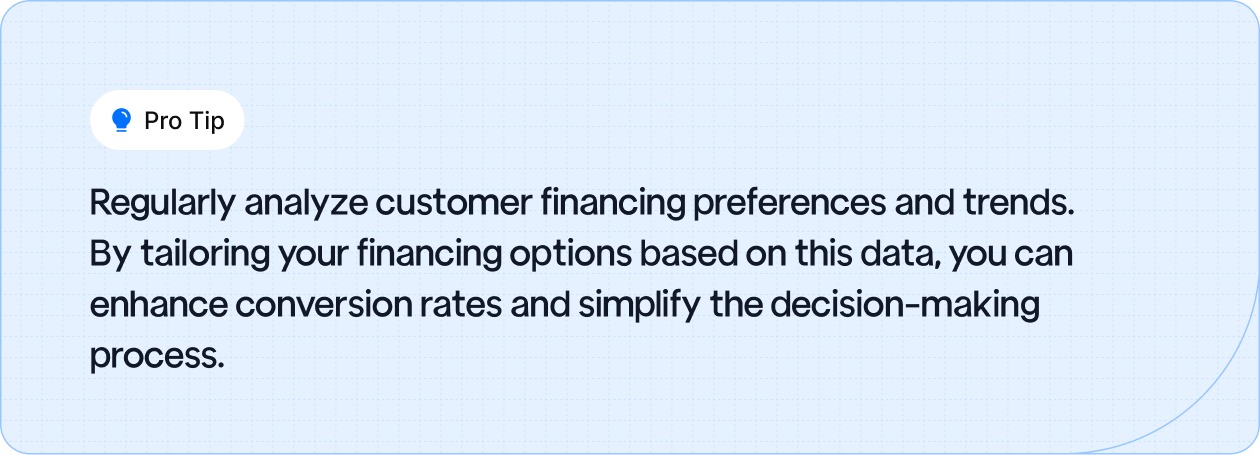
9. Using Telematics Data to Improve Marketing Precision and Timing
Telematics (data collected from equipment) provides real-time information on how your equipment is being used.
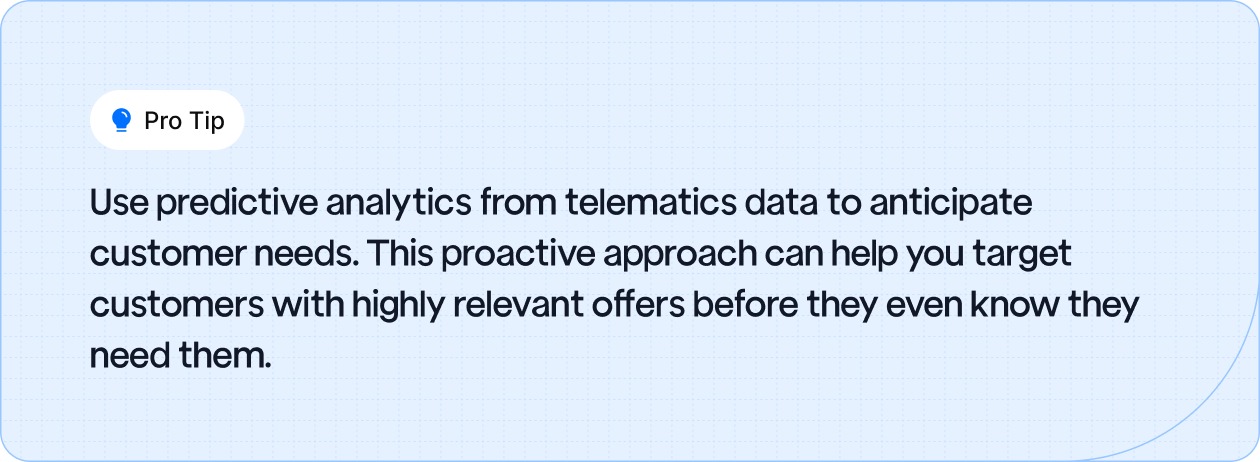
You can use this data to send timely and relevant marketing messages, improving outreach and increasing upsell opportunities.
Use:
- Hour-Based Triggers: Automatically reach out when it’s time for maintenance or an upgrade.
- Fault-Code Campaigns: Send offers or service reminders based on diagnostic data (error codes).
- Preventive Service Upsells: Use equipment service history to recommend maintenance packages.
10. Maximizing On-Site Demos for Digital Follow-Up and Sales Conversion
On-site demos (showing the equipment in action) are powerful, but to fully benefit from them, you need to quickly capture leads and follow up effectively.
Add:
- QR “Product Passports”: Allow customers to instantly access detailed specs, service info, and videos via QR codes (scannable barcodes).
- Leaderboards or Giveaways: Drive engagement by offering incentives (prizes or discounts) for demo participation.
- Post-Event Remarketing: Follow up with attendees through targeted ads and emails based on their actions during the event.
11. Service and Parts Marketing: An Untapped Revenue Opportunity
Service and parts are often overlooked but can be a major source of income. By tapping into this area, you can earn money long after the initial sale.
Show:
- Wear-Parts Bundles and Subscription PM Kits: Offer bundled packages that make maintenance easier for customers.
- VIN-Based Lookup and Reorder Reminders: Use the vehicle identification number (VIN) to track service history and send reminders to customers to reorder parts.
- “Repair vs. Replace” Calculators: Help customers decide if they should repair or replace parts, positioning your business as a trusted expert.
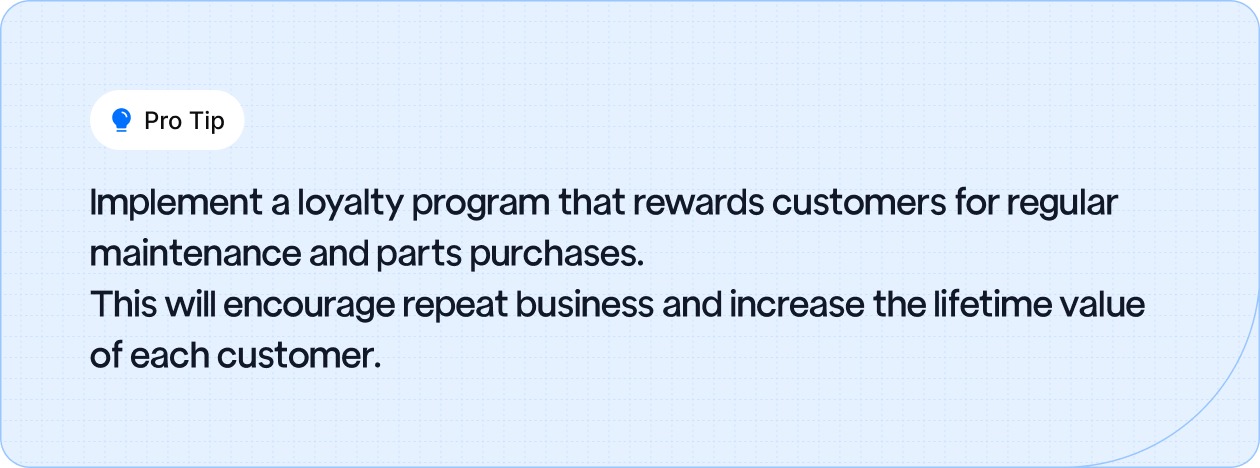
12. Building Customer Loyalty Through Operator Training and Support
Educated operators help protect the longevity of equipment and increase brand loyalty. Providing training doesn’t just help your customers; it makes them loyal advocates for your brand.
Create:
- Certification Micro-Courses: Offer short, focused courses that teach operators to use equipment safely and efficiently.
- On-Demand Maintenance Tips: Provide ongoing advice that helps operators keep equipment running smoothly.
- Private Community Channels: Build exclusive groups where operators can share tips and advice.
13. Understanding the Financial Metrics That Drive Your Marketing Decisions
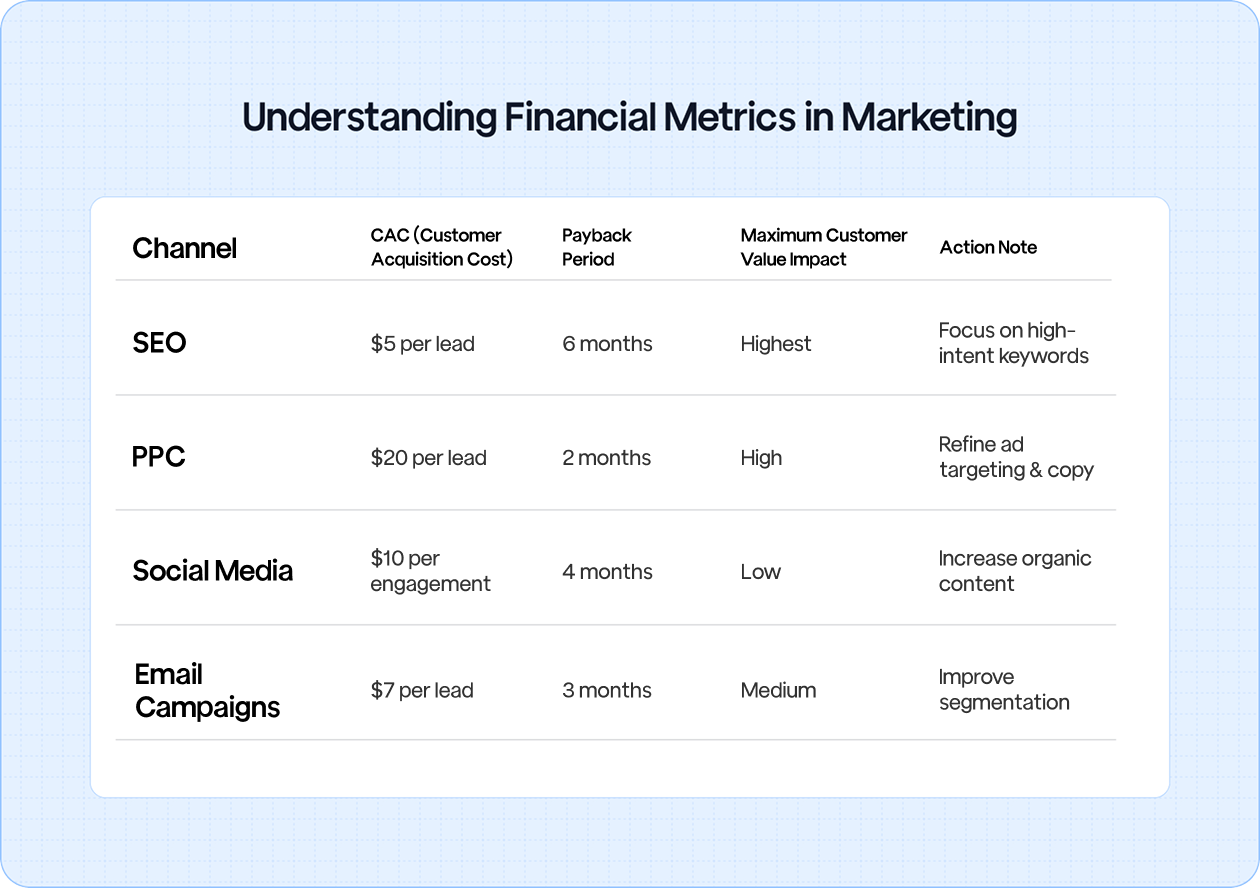
Knowing your financial metrics helps you prioritize the right marketing activities that generate the best ROI. Focusing on what truly drives revenue is critical for sustained growth.
Include:
14. Streamlining Marketing Efforts with Centralized Data Management
Organizing your data correctly ensures faster decisions and efficient marketing. A centralized system means all your data is in one place, making it easier to keep campaigns consistent and accurate.
Stack:
- DAM (Digital Asset Management): Manage all your digital assets (images, videos, etc.).
- CRM (Customer Relationship Management): Store and track customer interactions and information.
- Marketing Automation: Automate repetitive tasks like email campaigns.
- BI Dashboard (Business Intelligence): Use data analysis tools to guide decision-making.
Add governance notes:
- Track asset versions: Keep track of your marketing materials (like images, videos, and documents) to make sure they’re the same everywhere and avoid confusion.
- Set up approval processes: Make sure there’s a clear system in place for getting approvals so things don’t get delayed.
- Ensure UTM links are consistent: Use the same tracking links (UTM stands for Urchin Tracking Module, which helps track where your website visitors are coming from) across all your campaigns to get accurate data on where your traffic is coming from.
15. Meeting Compliance Standards Without Slowing Down Your Marketing
Compliance shouldn’t hold back your marketing efforts. By integrating compliance checks into your workflows, you can move faster while avoiding potential legal and regulatory risks.
Highlight:
- Auto-Expiring Assets: Set content to expire automatically when it’s outdated, ensuring only compliant materials are being used.
- Geo-Specific Safety/Emission Statements: Tailor your marketing materials to local regulatory requirements without slowing down the process.
- Built-In Review Trails for Audits: Track every change and approval to stay ahead of audits, ensuring transparency and accuracy.
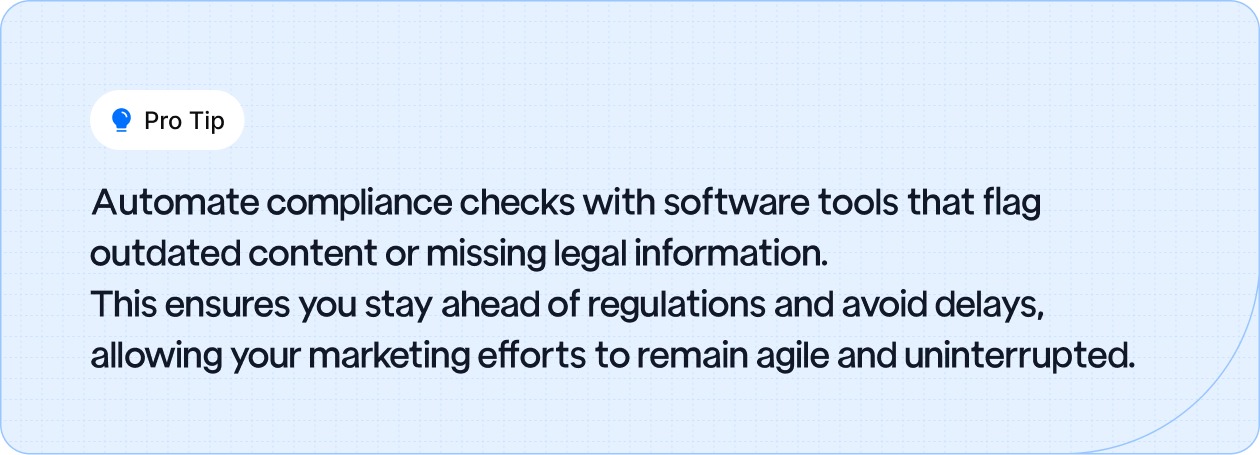
16. Ready-to-Use Templates and Playbooks for Quick Implementation
Speed matters. Instead of reinventing the wheel, use proven templates and frameworks that can be quickly customized to fit your needs and implemented immediately.
Offer:
- Spec-Sheet SEO Checklist: A quick guide to making sure your product specs are optimized for search engines.
- Marketplace Feed CSV: Ready-to-upload inventory for online marketplaces.
- Finance-First Landing Page: Templates for finance-related pages that are ready to convert.\
- Demo Day QR Assets: QR codes for easy follow-up after demo events.
17. Real-World Success: Proven Marketing Tactics That Deliver Results
Success stories and data-backed results help you feel confident in your strategy. Learn from proven tactics that have delivered significant returns for companies in your industry.
Examples:
- 40% Fewer Off-Brand Assets Post-Portal: Streamlined dealer portals reduced the chances of off-brand marketing materials, ensuring a cohesive brand message.
- 72% Reduction in Crashes and Claims: Combining telematics data with training initiatives led to a 72% reduction in crashes and claims, resulting in lower insurance premiums for one in four fleets.
Ready to Roll? Grab the Plan or the KPI Sheet
You’ve seen what works: heavy equipment marketing is about smart strategies that drive sales, rentals, and service revenue.
The real challenge is the need for a comprehensive, tested approach to move the needle.
Ready to roll? Grab the plan or the KPI sheet.
FAQs
Q1: What are the most important KPIs for heavy equipment marketing?
A1: The key performance indicators (KPIs) for heavy equipment marketing include SEO rankings, cost-per-lead (CPL) for paid ads, rental inquiries, and dealer co-op conversion rates. Tracking these metrics helps identify areas for improvement and ensures that marketing efforts are driving growth in sales, rentals, and service revenue.
Q2: How can I improve my heavy equipment website’s SEO?
A2: To improve your website's SEO, focus on optimizing model and category pages with high-intent keywords. Create “versus” content (e.g., “D6 vs 650M”) for better ranking, offer downloadable specs and CAD assets, and use structured data (schema) for FAQs to boost visibility and conversion rates.
Q3: What role do online marketplaces play in heavy equipment marketing?
A3: Marketplaces are essential for increasing visibility. By optimizing listings with complete, accurate data, using smart tags and badges, and linking back to your product pages, you can convert marketplace traffic into qualified leads and drive sales directly from these platforms.
Q4: How can telematics data be used to enhance heavy equipment marketing?
A4: Telematics data allows you to track equipment usage and automatically trigger marketing actions. For example, you can use fault codes to send service offers, schedule preventive maintenance, or promote equipment upgrades at the right time, improving customer engagement and increasing sales opportunities.
Q5: What’s the best way to generate high-quality leads for heavy equipment sales?
A5: Paid search strategies targeting high-intent keywords and geo-specific landing pages are effective for generating quality leads. Offering filters like “rent vs. buy” and embedding finance options directly into landing pages can simplify the decision-making process and increase conversions.
Q6: How can I use video marketing to sell heavy equipment?
A6: Video marketing is powerful for demonstrating equipment in action. Jobsite footage and operator POV videos can build trust and showcase product capabilities. Short videos on LinkedIn and YouTube can engage buyers and dealers, providing valuable content while driving traffic back to your website.
Q7: What’s the benefit of offering operator training in heavy equipment marketing?
A7: Operator training enhances brand loyalty and protects equipment longevity. Offering certification courses and on-demand maintenance tips builds trust with customers, turning them into advocates. These efforts also keep your brand top-of-mind, improving customer retention and creating lifelong relationships.




















.webp)
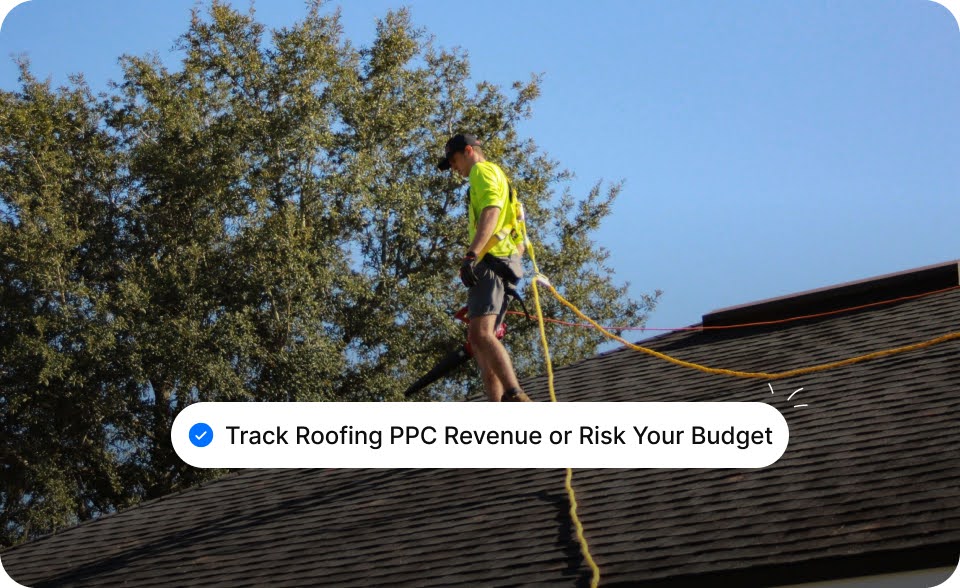

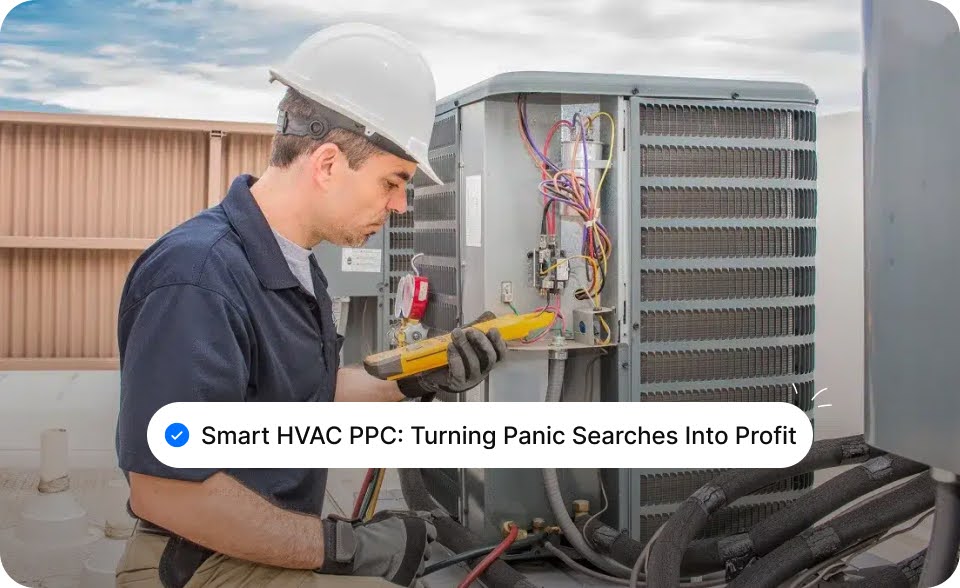

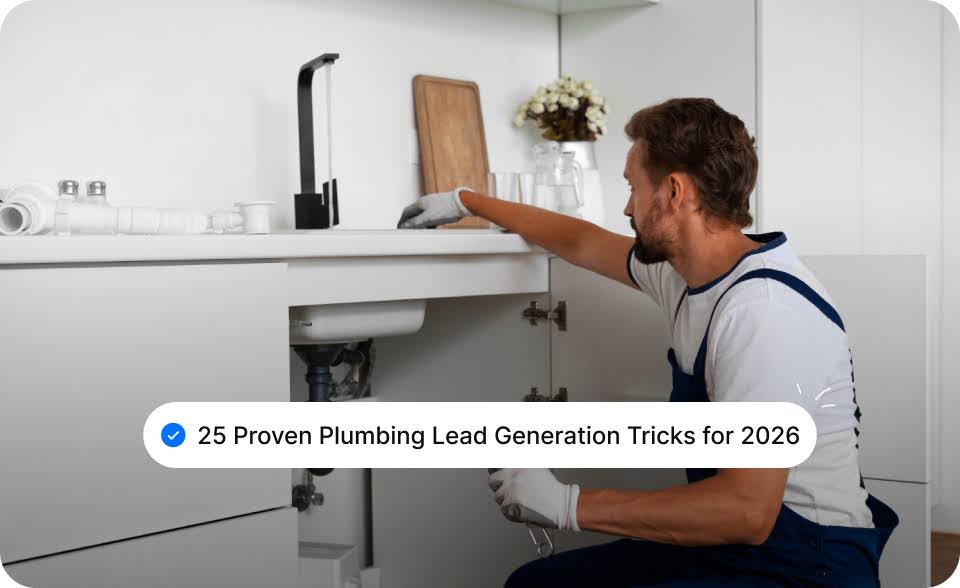



.webp)
.svg)


.svg)
.svg)
.svg)







.svg)